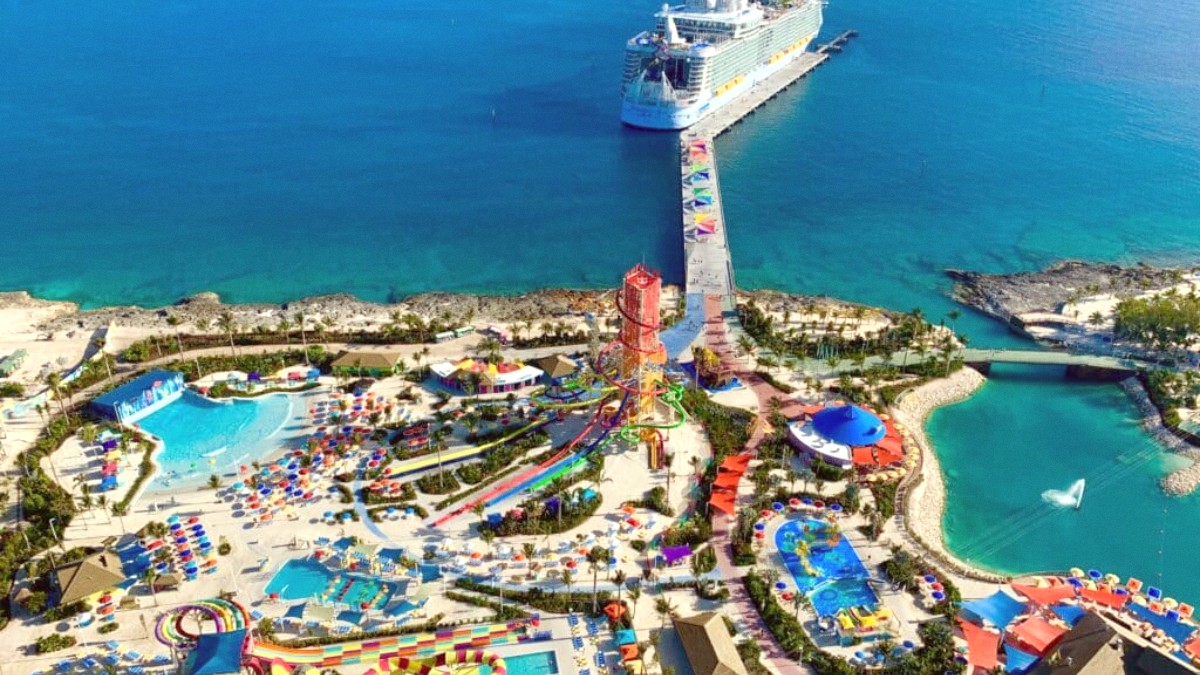
Arequipa And Canyon Country, Peru
Arequipa does not feature a metro or tram system. The main public transportation includes microbuses (small to medium-sized buses) and "combis" (smaller vans). These vehicles operate on various routes throughout the city, providing an affordable way to travel.
Fares are very inexpensive, typically ranging from S/1.00 to S/2.00 per ride, depending on the distance. There are no electronic card systems for public transport; cash in small denominations (S/1, S/2 coins or S/5 notes) is a must. Buses generally run from early morning (around 5:30 AM) until late evening (around 10:00 PM - 11:00 PM).
Public buses and combis are generally not wheelchair accessible, making them less suitable for travelers with significant mobility challenges.
Ask locals for directions or which bus to take to your destination; they generally show willingness to help. Have small denominations ready for fares.
Look for the name of your destination or a major landmark on the front of the bus. Google Maps sometimes provides general route suggestions.
Available from international (Avis, Hertz) and local agencies. An IDP is needed along with your license.
Less common for tourists. Not suggested for inexperienced riders due to traffic.
No widespread public sharing. Some hostels or tour operators offer them for specific routes.
Peruvian drivers can be aggressive. Road rules might be interpreted loosely. Defensive driving is a must.
Exploring Arequipa on foot presents the best way to experience its charming streets and architecture. Cycling stands more suitable for specific tours outside the city.
Cobblestone streets and uneven sidewalks often present challenges for movement.
Lack of ramps or lifts in many buildings and public transport makes navigation challenging.
Some newer hotels might offer accessible rooms, but this is not universal. Plan carefully if mobility challenges are present.
Mix and match transportation options to match your budget and itinerary.
For convenience, use ride-sharing apps, but for local feel, try microbuses.